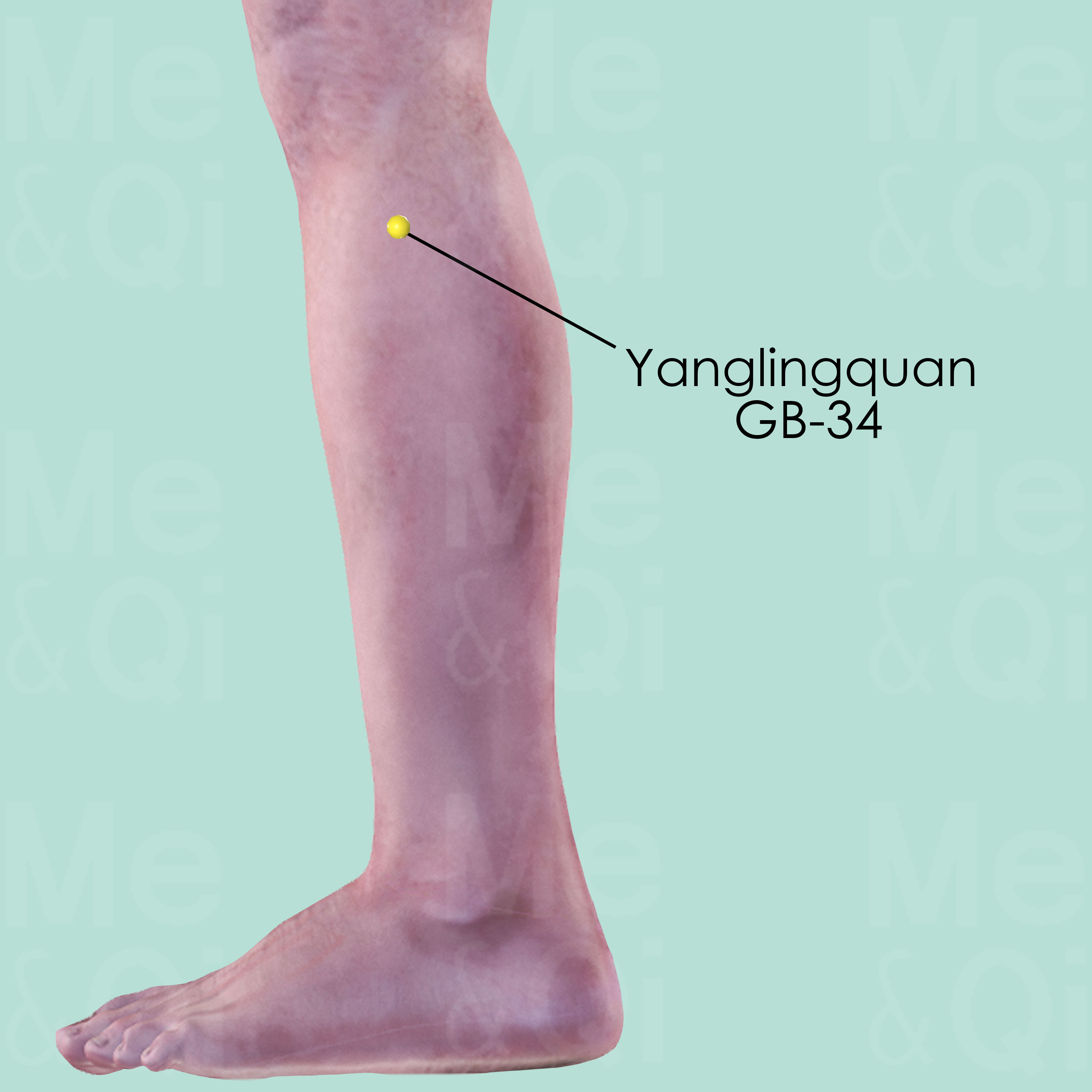Tendon Contractureaccording to TCM
Symptom family: Tendon and Ligament Issues
Did you mean? Tendon And Sinew Pain
What is Tendon Contracture?
Tendon contracture, a condition marked by the permanent tightening of tendons, results in restricted movement and can lead to deformity in the affected limbs. This condition often arises from prolonged immobility or misuse, leading to the shortening and hardening of the connective tissue which connects muscle to bone.
Tendon contracture significantly impacts an individual's ability to perform daily activities, requiring comprehensive management to alleviate symptoms and improve function. Understanding its causes and effects is crucial for effective treatment and rehabilitation.
How does TCM view Tendon Contracture?
From the perspective of Traditional Chinese Medicine (TCM), tendon contracture is viewed through a lens distinct from that of Western medicine. TCM interprets this condition as a manifestation of underlying imbalances within the body's Qi (energy) and Blood, often caused by external pathogenic factors such as Wind, Cold, or Dampness invading the body, or by internal disharmonies like Liver Qi Stagnation.
TCM emphasizes the importance of diagnosing and addressing the specific pattern of disharmony causing the contracture, advocating for a tailored treatment approach that seeks to restore balance and harmony to the body's energy systems.
Acupoints for Tendon Contracture
In the treatment of tendon contracture, TCM highlights the use of specific acupoints to alleviate symptoms and address the root causes of the condition. Among these, points such as Chengshan BL-57, Fuxi BL-38, Hunmen BL-47, Shangqiu SP-5, Yanglao SI-6, and Yanglingquan GB-34 are particularly beneficial. Chengshan BL-57 and Fuxi BL-38, located in the Bladder Channel, are recognized for their ability to remove obstructions from the channel and relax the sinews, thereby easing tendon contracture. Hunmen BL-47, also in the Bladder Channel, is noted for resolving Liver Qi Stagnation and benefiting the sinews.
Shangqiu SP-5, in the Spleen Channel, and Yanglao SI-6, in the Small Intestine Channel, both play critical roles in removing channel obstructions and tonifying the spleen to benefit the sinews and bones. Lastly, Yanglingquan GB-34, situated in the Gall Bladder Channel, is acclaimed for its comprehensive actions in resolving Liver Qi Stagnation, benefiting the sinews, and removing obstructions. These acupoints exemplify TCM’s integrative approach, targeting the intricate interplay between the body’s energetic pathways to restore flexibility and movement.
Explore below some acupoints used to address tendon contracture, organized by meridian.
- By Meridian
- Bladder Channel
- Spleen Channel
- Small Intestine Channel
- Gall Bladder Channel
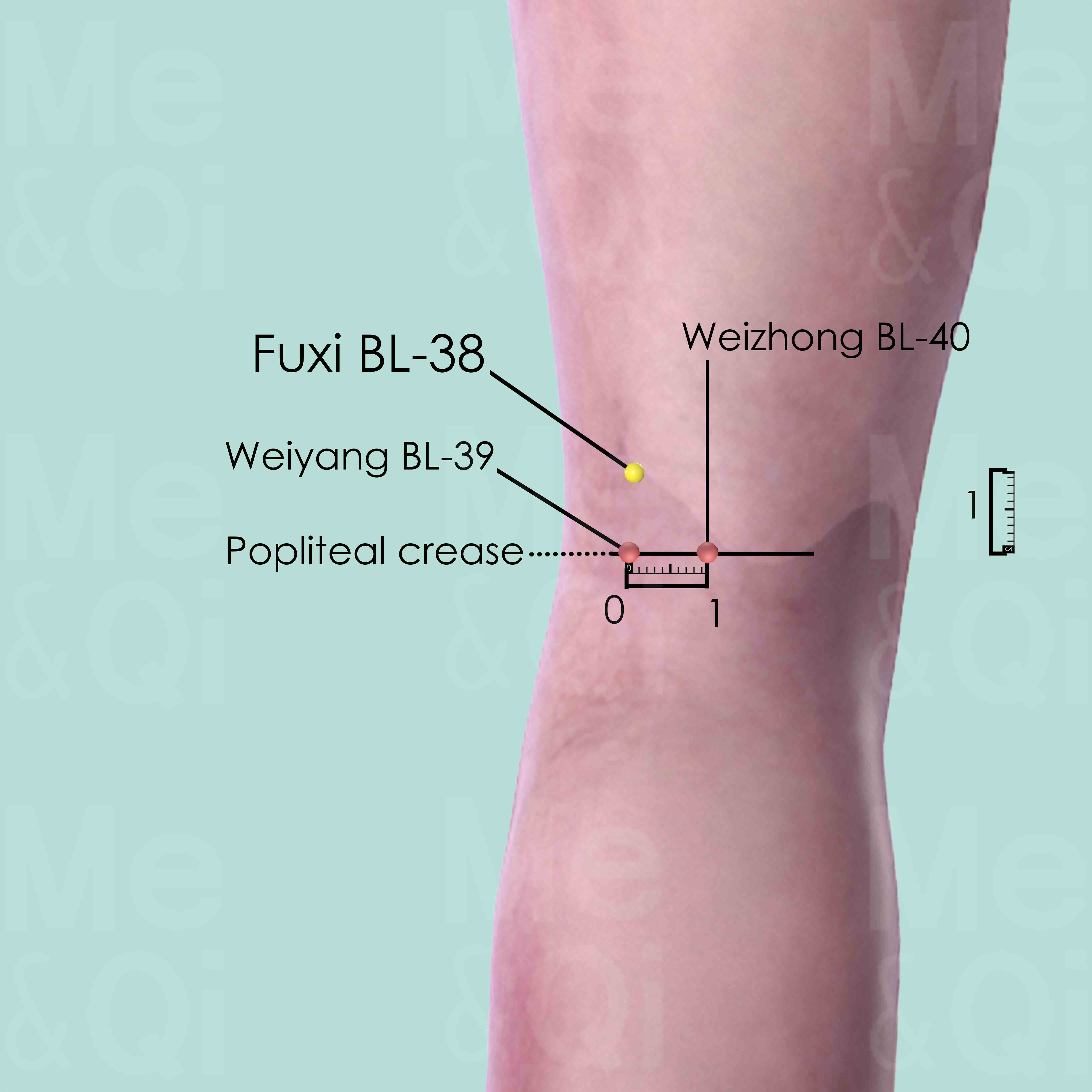
Fuxi BL-38
On the laterodorsal aspect of the knee, 1 cun superior and 1 cun lateral to Weizhong BL-40 which is in the center of the popliteal crease. It is also 1 cun above Weiyang BL-39, on the medial side of the tendon biceps femoris muscle.
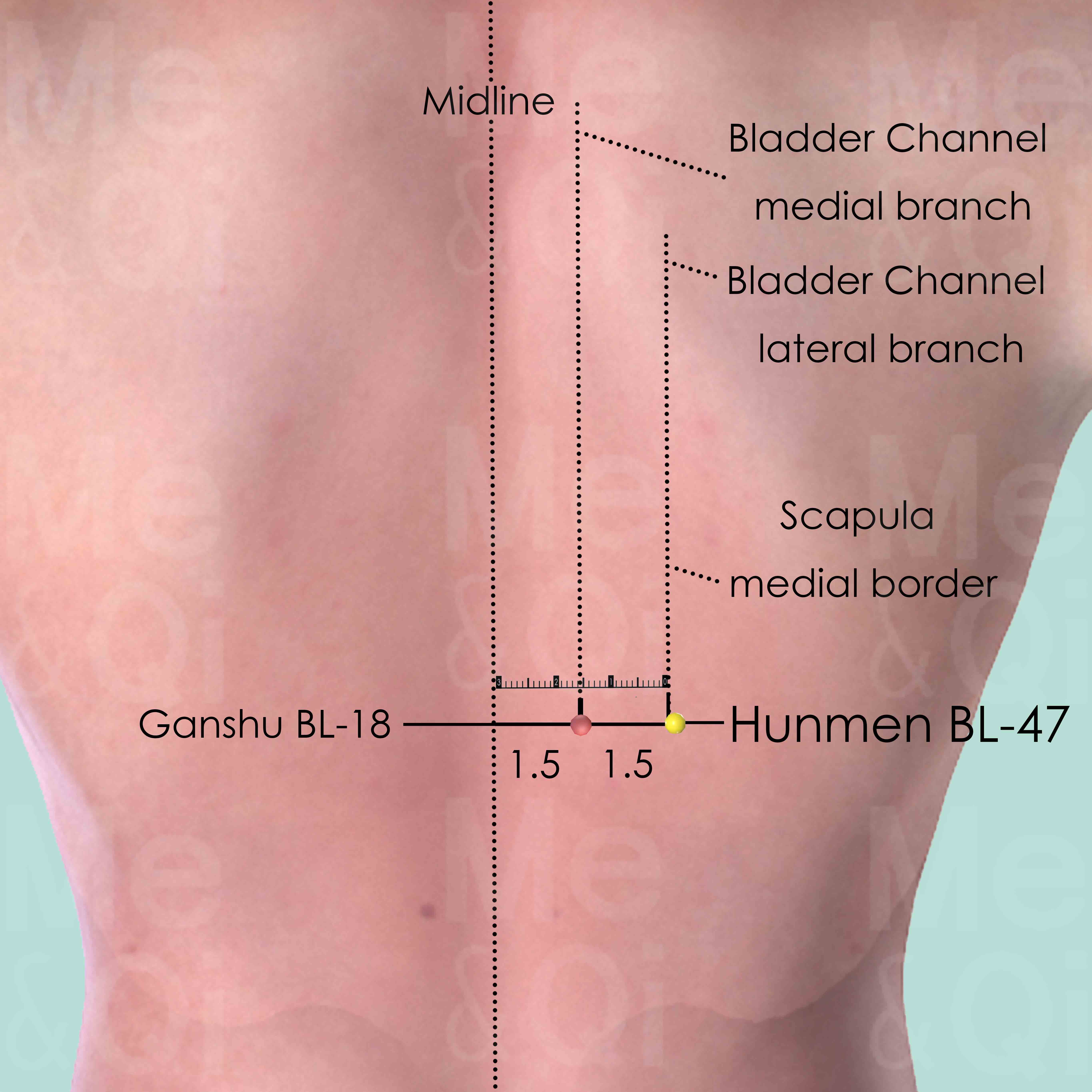
Hunmen BL-47
3 cun (about 4 finger-breadths) lateral to the lower border of the spinous process of the 9th thoracic vertebra (T9).
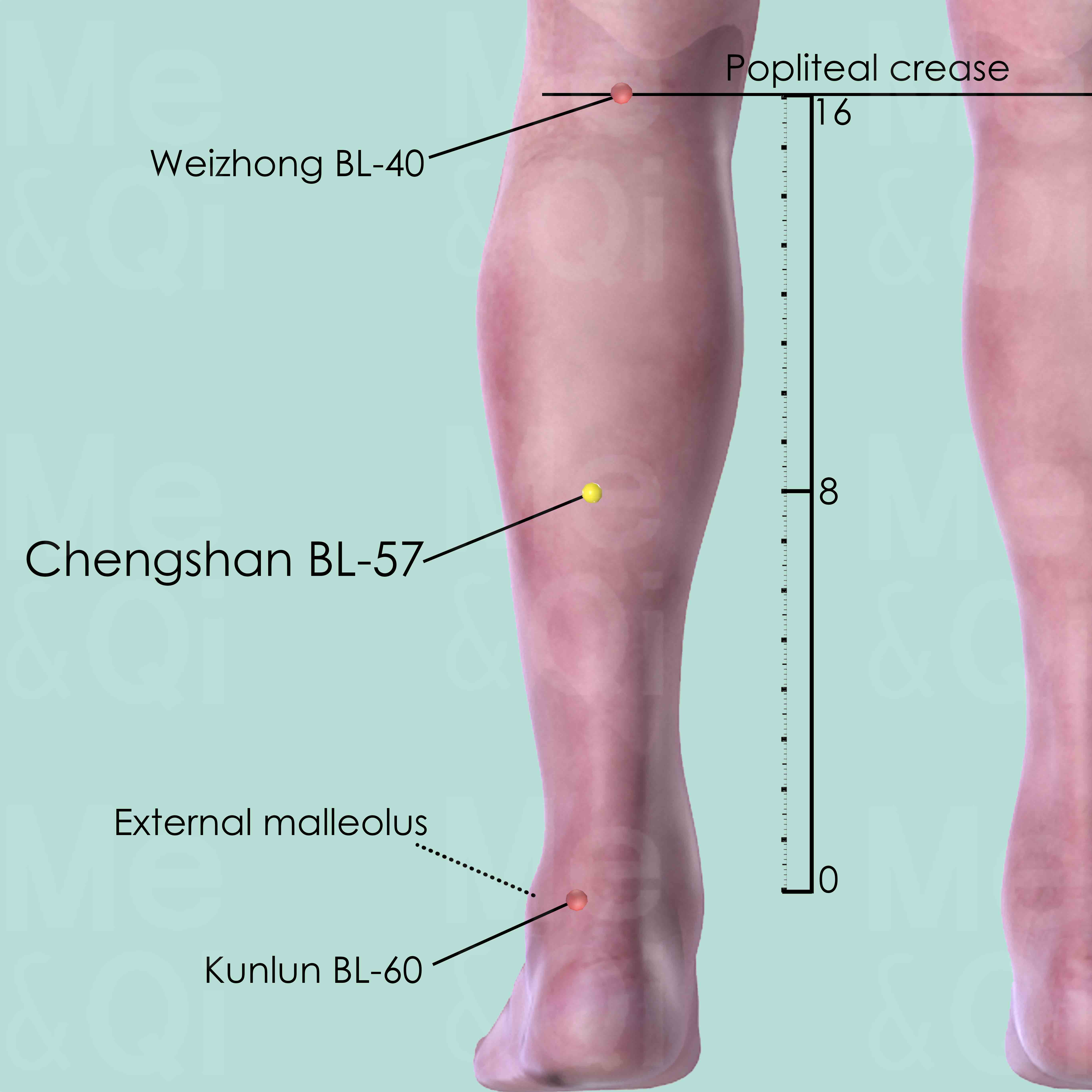
Chengshan BL-57
Directly below the belly of the gastrocnemius muscle and between the two heads of the muscle, on the line connecting Weizhong BL-40 and Kunlun BL-60, about 8 cun below Weizhong BL-40.
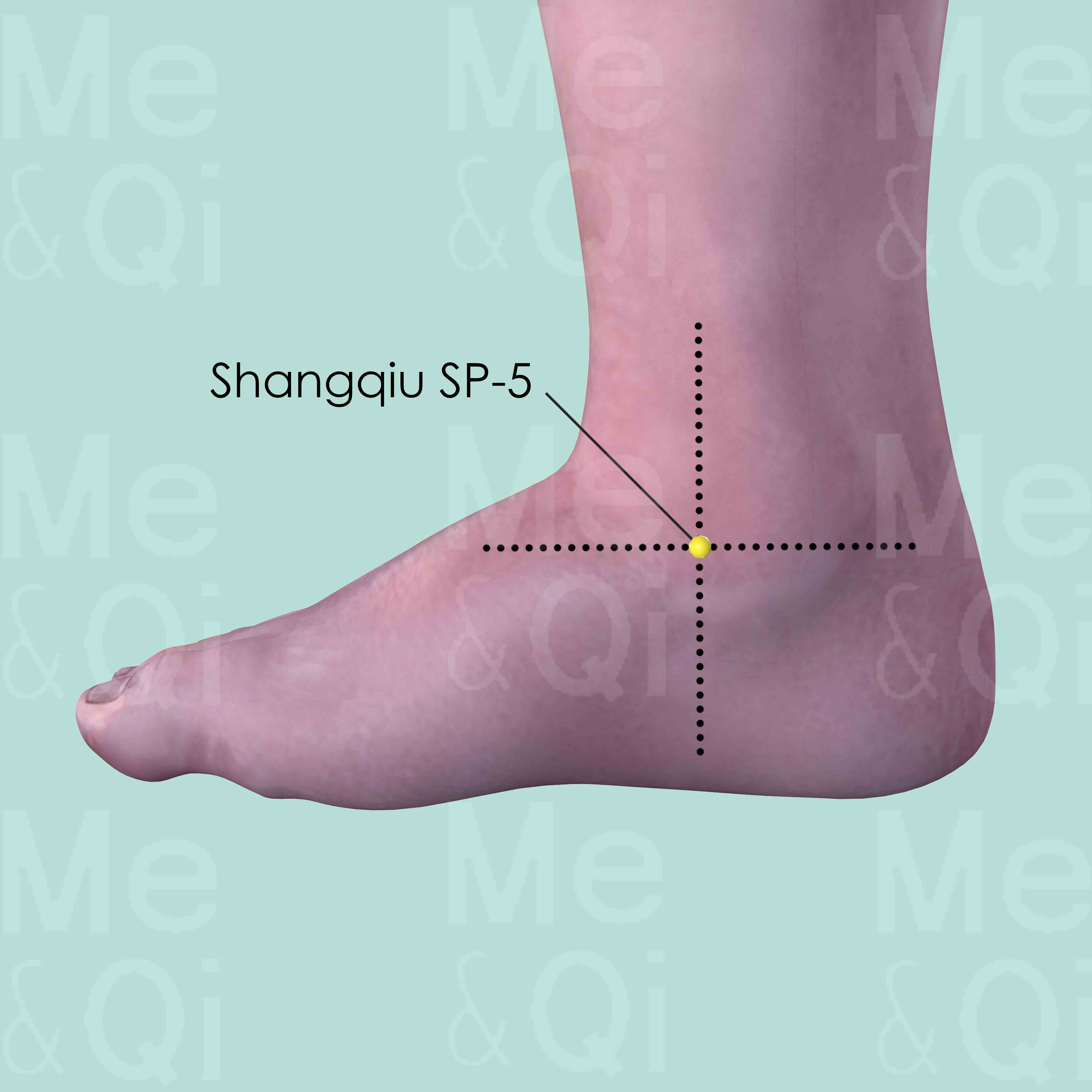
Shangqiu SP-5
In the depression distal and inferior to the medial malleolus, midway between the navicular bone tubercle and the tip of the medial malleolus.
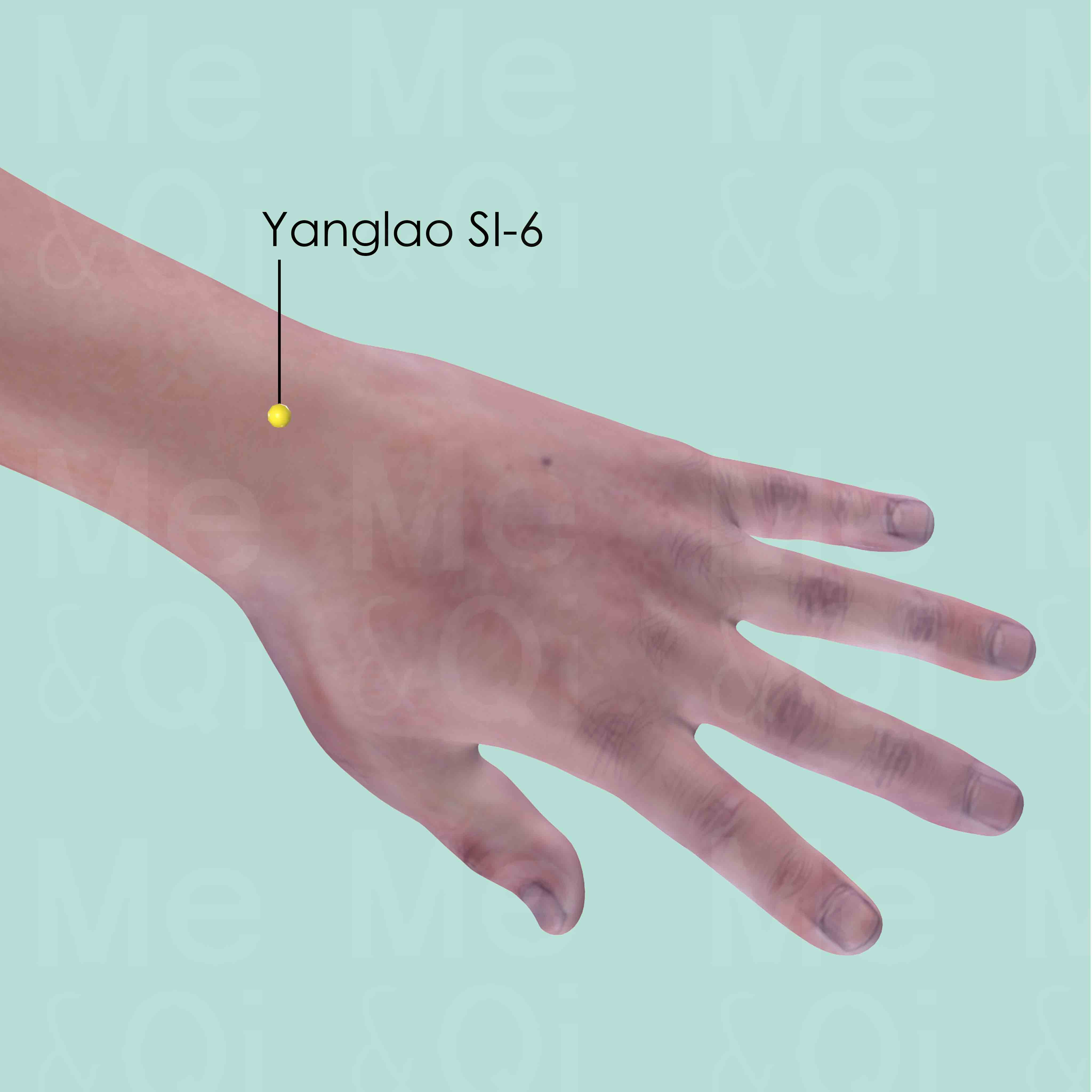
Yanglao SI-6
Dorsal to the head of the ulna. When the palm faces the chest, Yanglao SI-6 is in the bony depression on the radial side of the styloid process of the ulna.

